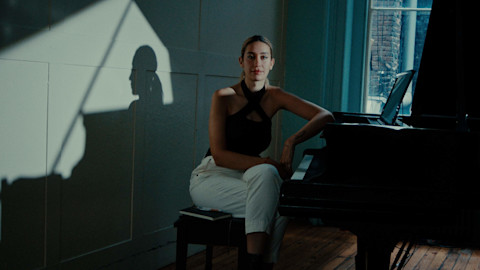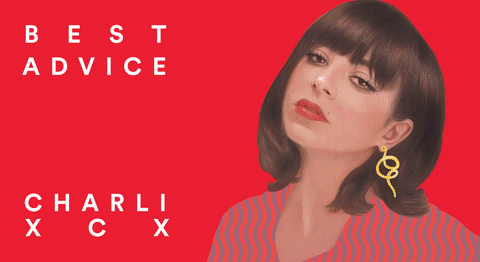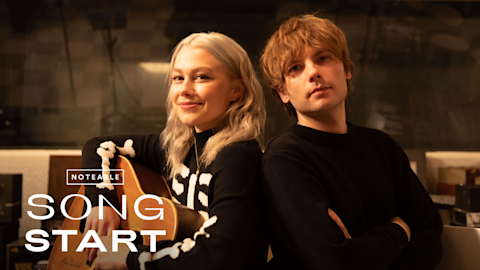Global Head of Music at WeTransfer Jamal Dauda details how he finds artists to collaborate with and stories worth telling.
Music has always been about telling stories. Whether they’re abstract epics about the human experience or plain-spoken narratives about love and loss, stories are what give music its existential gravity. Those narratives are exactly what Jamal Dauda, Global Head of Music at file-sharing company WeTransfer, is looking for when he’s searching for artists to partner with.
Spotify for Artists: So what does a the global head of music at a place like WeTransfer do?
Jamal Dauda: It’s changed a bit throughout the years, but I think what I was brought in to do was to figure out how to take the company’s engagement with the music community and make it into something that we can support and give back and build an ecosystem around. For me, the most obvious solution is to tell great stories. People are by nature storytellers, and I think, when it’s done right, narratives are the most obvious way to connect with audiences and to give your brand a voice and a personality. So, my goal from a very high level was we want to tell really interesting, unexpected stories with the music and then follow whatever leads from there.
How do you find which artists are right to collaborate with? What are the parameters?
What I look for more so than the artist is the story. I think, for us, just doing a really dry, traditional promo-cycle premiere story is not vested into what we do, and there’s other places you can get that. What we look to do is tell that interesting angle or story that hasn’t been told or find some really interesting wrinkle in what somebody’s doing. A lot of times it takes the shape of something weird in the process, an interesting collaboration or something unexpected. It’s one of those things where I can’t tell you exactly which artist I want to work with at any given time, but when the storyline is there, I can feel it.
Panelist Jamal Dauda speaks at the Spotify For Artists Co.Lab: Network event
You’ve talked about brands triangulating their mission or how their message matches up with those of a particular artist. But let’s say I’m an artist and I’m trying to think about how I can find the right brand to collaborate with. What advice do you have for the other end of things?
You should listen more than you talk. And that’s where I think artists and their teams miss it with brands. They go in and they just look at them as sort of a bank, and they just sit in a meeting and just say, “This is what we wanna do” and “can you afford us or not.”
I think the best sort of brand-artist partnerships are very collaborative, and the best ones, the ones that really work, are where the needs of the brand and the goals of the artist meet exactly halfway. And that’s when it actually works. But, to do that, you have to get to know the brand that you want to work with.
It comes down to a couple things. One, you really have to identify brands that are like-minded or have the same values as you. Really do your homework. Really try to look at other stuff that brands have done and try to get a sense for what their ethos is and what their messaging is and what kind of things they like to do. Then, you need to figure out whether those ideas help what you’re trying to do as an artist, whether that’s reach or exposure or whatever else.
I think the more you can show you know a brand’s main marketing strategy, the more likely you’ll land a partnership. It works for both sides.
What do you see as being the next wave of how artists and brands can work together?
On some level, my competition in content isn’t just other brands. My competition is the kid who’s laying in bed watching Netflix. It’s the kid that’s sitting on the toilet using Tinder. It’s anybody who’s doing anything on a digital platform. I have to find a way to get their attention for five minutes.
I think as artists are looking for different ways to be more fiercely independent, that could be a trend we see. Where it’s not just, “Hey, you pay for this thing. We track it to being promo and call it a day. You get reach, we get this.” I think there’s an interesting potential for the role of a brand being a vector for art and helping to get artists off the ground.
—Spotify for Artists
Popular Stories
video
How Julia Wolf Made It




